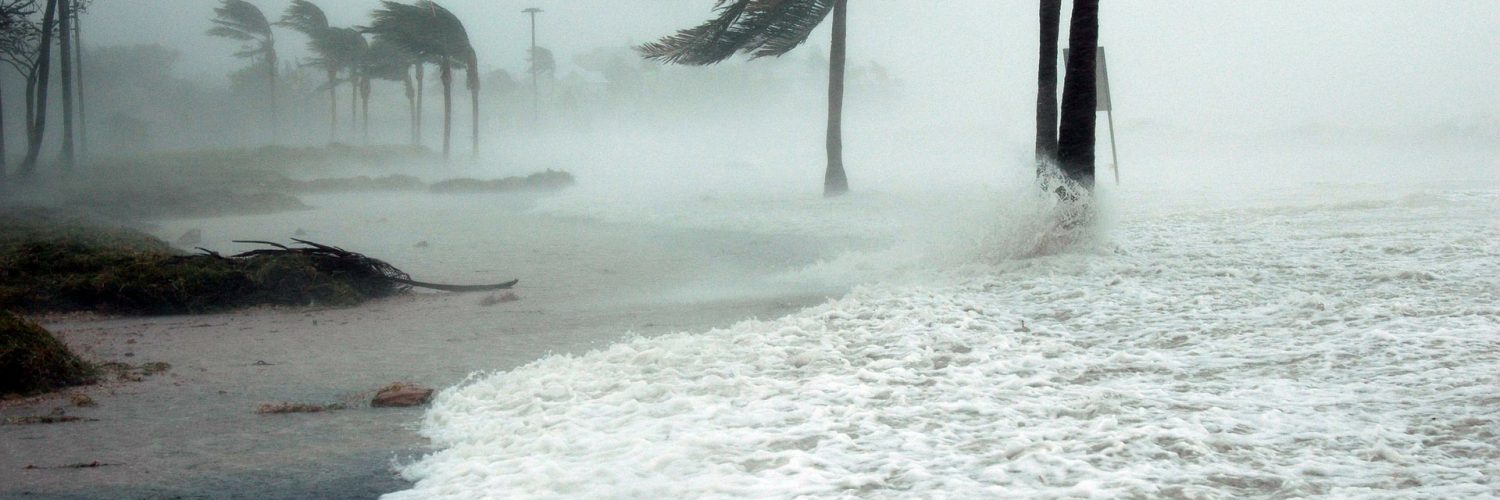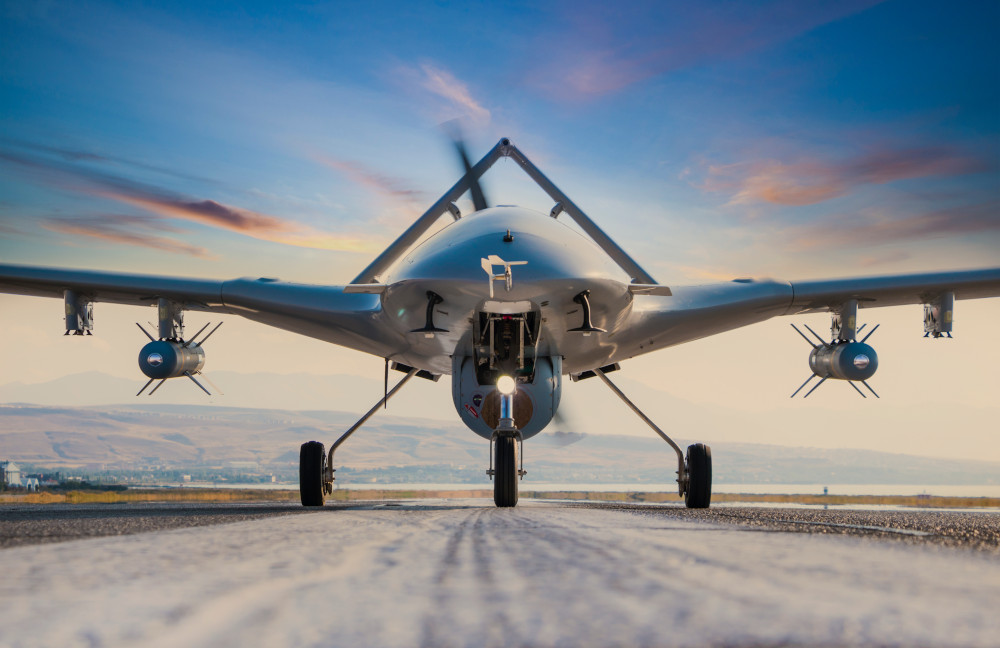Oil and gas (O&G) organizations have been drastically affected by COVID-19 amid the impacts to the economy, including constrained demand for all O&G products and the necessity of changing business structures and having employees work remotely. However, these lessons learned, if applied mindfully, may help organizations effectively respond to future business interruptions.
Case in point: Hurricane season is underway, and meteorologists expect an active season, potentially impacting coastal regions where a large number of O&G entities operate. A few storms have made their way to the Gulf of Mexico; one is already hitting coastal Texas. Only two months into the season, we expect to see more.
Planning for an Active Hurricane Season
While these regions are accustomed to hurricanes, planning for them while navigating a pandemic is going to require extra thought, precautions and communication. O&G companies should stress the importance of employee safety while also navigating the unusual safety concerns stemming from their respective pandemic responses. Typically, a singular dynamic is the focus of an organization’s business continuity management (BCM), so this pandemic-plus-hurricane situation will require added diligence. O&G organizations will need to reevaluate their business continuity programs to ensure their hurricane preparedness activities are applicable to this “new normal” as follows:
- Personnel risk as part of business resumption planning: Energy companies have used layoffs and furloughs to reduce costs, likely resulting in a higher number of single points of failure related to personnel within and among their various teams. Each team should self-evaluate in terms of succession, including confirming that cross-trained personnel are available to step in and resume operations in case of sudden unavailability of team members. The broader O&G business should also confirm and leverage the level of assistance that could be offered by supporting operations in a different region or office with little notice.
- Potential IT disruptions: Given that many employees of O&G companies are working remotely, reliance on internet and electrical power remains high, but the variable of a decentralized workforce will add to the potential impact for business operations. It is recommended that leadership review IT disaster recovery plans and IT aspects of crisis management planning to ensure that documentation is up to date and accurate and that team members understand their roles and responsibilities. O&G organizations could consider offering data plans, hotspots and Wi-Fi cards to support their teams and reduce potential downtime.
- Employee planning: If certain geographic regions are expected to be impacted, employees of O&G companies may be advised to evacuate those regions. Large organizations should consider other factors out of their control, such as the likelihood of longer evacuation times due to fewer mass transit options and social distancing requirements of transportation options (e.g., restrictions on numbers of people riding buses during evacuation). Emergency shelters also will likely have limited capacity due to COVID-19 restrictions and safety concerns.
These factors could cause longer downtimes for key personnel. Employees should prepare now and have a plan identifying the destinations to which they will evacuate and how they will remain safe there. Furthermore, O&G companies with plants susceptible to hurricane damage or flooding should consider their plans for ride-out crews and having supplies on hand for impacted employees.
Communicate and Then Overcommunicate
Given the recent constrained demand and other impacts the energy industry is already experiencing, organizations cannot afford more disruption to their operations. However, plans that are not reviewed, tested or updated become door stoppers instead of being actionable and effective. It is critical for O&G organizations to have their teams ready to make decisions based on an understanding of the details of an event, respond timely, and communicate early and often. As part of these discussions, leadership should consider the following:
- Start now: Crisis management teams and functional area continuity teams should be meeting frequently and discussing strategies to reduce any potential degradation of normal operations and to discuss how to communicate to internal and external stakeholders in the event of a crisis.
- Have a defined strategy in place: If offices and worksites are operational, management should discuss the timing of when and how to close them or pause operations while also activating relevant contingency and communication plans. Additionally, companies with plants, refineries and tank farms have to consider additional severe weather protocols addressing the preparation of backup generators and/or refrigerated trucks, wind-threshold limits for ride-out crews, fail-safe designs for critical operations and procedures to avoid floating tanks. Inefficient escalation or activation of any response plans can lessen the effectiveness of a response, cause reputational damage and lead to longer downtime.
- Leverage mass communication tools: Decentralized operations can benefit greatly from the use of tools such as Everbridge and Send Word Now to send messages quickly to the workforce via several media (e.g., SMS, email or calls to mobile and/or landline phones). The appropriate messages should be ready ahead of time and tested to ensure that employees are familiar with the notification tool to enable timely receipt of, and response to, messages sent.
- Train your crisis management team: Team members should be trained on roles and associated responsibilities, and all planning content should be maintained (e.g., contact information, conference-line phone numbers and access codes are validated and tested to ensure that the crisis management team can activate and access them). Teams should be trained on how they will meet (in person or virtually), as well as on incident command protocols and the process for leading the discussion, who will be taking meeting minutes, action items, and how often to reconvene for an update on the situation and impacts to the business.
- Understand third-party risk management: BCM teams should evaluate how the O&G company will communicate with contractors, third parties and vendors/suppliers that are vital to integral processes and operations. As part of this evaluation, it should be understood how each of these key vendors (e.g., storage companies, truck or tank shippers, refineries) could be impacted and how that could subsequently affect operations.
COVID-19 is still impacting the world, forcing us to change how we operate, communicate and plan. Corporate business continuity teams should be prepared for any disruptions that may affect their operations, including a situation where multiple threats arise at once. No one can predict when the next disaster or business disruption will strike; the only certainty is that something unplanned and disruptive will happen — and the time to prepare is now.
Read or download Protiviti’s Guide to Business Continuity and Resilience. The guide contains more than 80 questions and answers as well as industry perspectives regarding continuity planning and resiliency.
Nick Rice, Senior Manager with Protiviti’s Business Continuity Management and Technology Strategy practice, contributed to this content. This blog was originally published on The Protiviti View.






